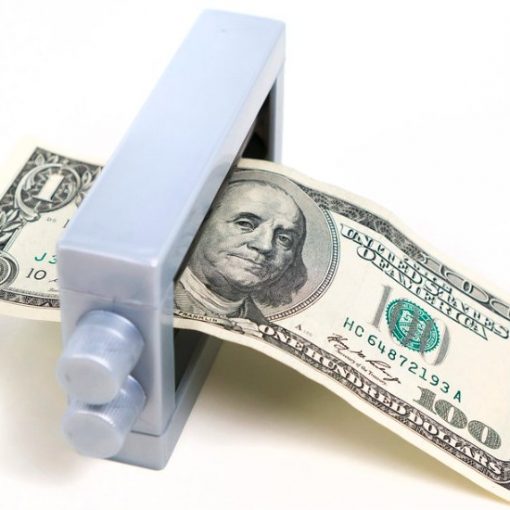 Author: Philip Pecoraro
Author: Philip Pecoraro
Covestor model: Biotechnology
Disclosure: Long EPOC, EW, ILMN, IBB
Due to my date of submission of this report I am including both the June and current July fund activity in my comments.
The model reentered the market briefly in late June (21st), taking positions in Epocrates (NASDAQ: EPOC), Edwards Life Sciences (NYSE: EW), Ilumina (NASDAQ: ILMN) and the iShares Nasdaq Biotechnology tracking ETF (NASDAQ: IBB). I have decided to routinely have part of the portfolio in IBB to capture its basket of biotechnology stocks. It should help smooth out some of the volatility inherent in other issues and hopefully aid with market timing.
All positions were held very briefly as we entered what in retrospect was a brief market correction immediately following my purchases. I have found my attempts to time this market to be unsuccessful in the past few months and so I am altering my equities strategy. I will be focusing more on purchases near the 50 day moving averages of these issues or in the case of younger companies without long track records (e.g. EPOC) when the candle patterns indicate to me that we have likely bottomed out in price.
Let’s first look at the overall market.

RED LINE: 200 D Moving average
DARK BLUE LINE: 50D MOVING AVERAGE
LIGHT BLUE LINE: 100 D MOVING AVERAGE
DASHED RED AND GREEN LINES: TOP (SELL) AND BOTTOM (BUY) ENDS OF S&P ‘s TRADING RANGE
The dark blue rectangle encloses the trading range for the E-mini S&P 500 futures since January of this year. As you can see, we have been moving back and forth between 1370 and 1250 on the ES futures contract (derived from the S&P 500 index). We have a classic triple top or head and shoulders formation forming. The “neckline” or 1250 area is horizontal. This is a consolidation or topping formation. Since we are above all three moving averages (in a bull phase of the cycle) and stocks by my estimates are relatively cheap, it appears that we will go higher. Note though that while the slopes of the 50 and 100 day averages are positive the slope of the slower 200 day average (the line in the sand between bull and bear markets) is still negative to flat. It appears the new bull cycle began last October and continues in force.
The other aspect apparent from the chart is the volatility in this market. Professional traders call this “chop”, because one gets “chopped up” trying to time or trade it. This has been my experience in the first half.
Thus a longer holder time makes more sense and I will be following that strategy as we move ahead. My opinion is that we will see continued volatility and have another shakeout of “weak money” before the fall investment funds begin flowing into the market and take us above resistance at 1370.

ES (E-mini S&P 500 futures) weekly chart from TradeStation Note the lower blue rectangle, which shows the VFI or Volume Flow Indicator. This is similar to Money Flow. The important thing to notice is that the two green areas within the lower rectangle are not the same height and that there is no third green area. This indicates that more money flowed into the markets on the first or left shoulder of the graph of the S&P 500 futures than did in the middle shoulder. Note that money is flowing out during the entire right shoulder formation. For this reason I believe that we will retest the 1230 area before heading back to test (and hopefully pierce) resistance at 1370 in the fourth quarter.
I do think we will rise above that level, despite all the European turmoil in the news at this time. China and Asia remain strong and the shift in buying power is toward the eastern markets.
I have repurchased EPOC, CORT, DHR, ILMN, ESRX and IBB. We are approximately 75% in equities and 25% in cash reserved for additional purchases. I plan to be fully invested if we experience an additional shakeout. I plan to make additional share purchases if this does indeed occur (the market drops). I view Biotechnology as a defensive sector in this environment.
Thank for your attention and patience.




